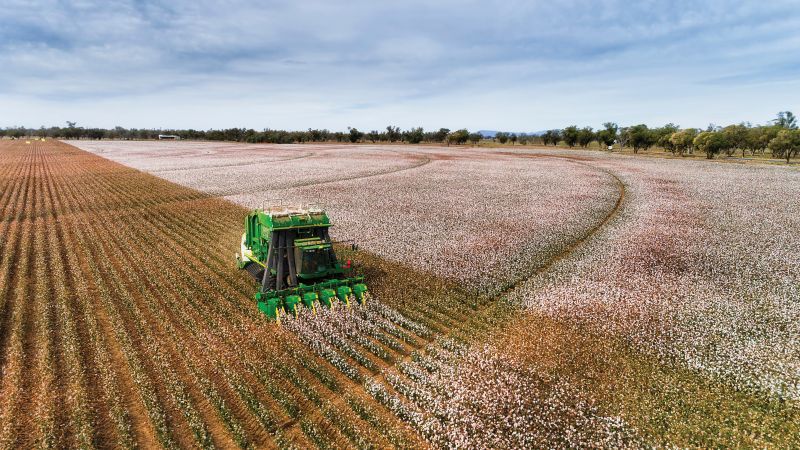Cotton Demand’s Future Lies in Connectivity
The cotton industry is divided into a dizzying number of segments by function and by product, by technologies and by consumers. That’s the expected growth path of an international commodity that has evolved into a global brand. Cotton growers will perceive the theme “New Frontiers” differently than breeders or traders will, and we all know on some level–or should know– that the consumer perception is what really matters long term. But retailers are the conduit to those consumers, and textile industries are the ones who communicate cotton’s properties to the consumer.
IFCP conducts an ongoing forum where cotton organizations work together to increase cotton’s market share. We enable communication up and down the supply chain, assisting those who design and implement generic cotton demand enhancement programs, and have done so since 2003. Since the IFCP is all about communication, the New Frontier for cotton demand enhancement is clear to chart. It entails communicating with a completely new demographic – the millennials – the result of a generational shift, and the maturation of connectivity.
What They Want, When They Want It
To this generation, whose purchasing power and industry influence are growing, connectivity means excellence, speed, accuracy, truth and constant verification. It means quicker responses, and getting what they want, when they want it.
The millenials absorb enormous loads of information every day, and have little patience for incorrect information. They are connected 24 hours per day, every day.
And so if you agree that we rely on the textile industries to communicate cotton’s benefits to the consumer, it is a logical assumption that the interpreters are the fabric developers, many of who are millenials themselves. They are not the fabric developers of yesterday, or if they are, they will not be the fabric developers of tomorrow.
The new fabric developers in town have grown into positions of responsibility at a relatively young age – more quickly than in past generations – because there was an intellectual lag during the time period when textile education was de-emphasized in several parts of the world, creating a talent vacuum. Now that the industries have discovered textile technology’s renewed importance, those with the right knowledge are highly sought after and are very well paid. They don’t wait for buyers to bring them ideas, and they don’t rely on the trade press for inspiration. They are self-assured, get their information in real time, and travel around the world at the drop of a hat to find out what they need to know. They verify constantly.
This goes for sustainability issues as well. The early days are over, when organizations could use often outrageous environmental claims. They confused retailers on what “sustainability” means and how to be on the right side. Now the backlash created by green washing has started. Retailers are skeptical, to say the least. They expect that if a claim is made, it will be backed up. And they will verify it.
The IFCP communicates cotton’s benefits to millennials by assisting programs that are based in education and targeting the fabric developers of tomorrow. We started doing this 10 years ago, and those who were then the “fabric developers of tomorrow” are the fabric developers of today. Many are in important positions, and can influence cotton’s market share. And through the website http:www.cottonpromotion.org, we will provide reliable information on matters related to cotton ecology, economy, and social well being, so when the millenials are verifying, as they constantly do, they will have access to an unbiased and accurate point of view.
The IFCP hopes others will follow the lead of India, Australia, the United States, Germany, South Africa, Turkey and Poland in developing these communication channels that understand who will control blend levels. The New Frontier in cotton demand enhancement is connectivity, and the industries’ ability to manage it.








